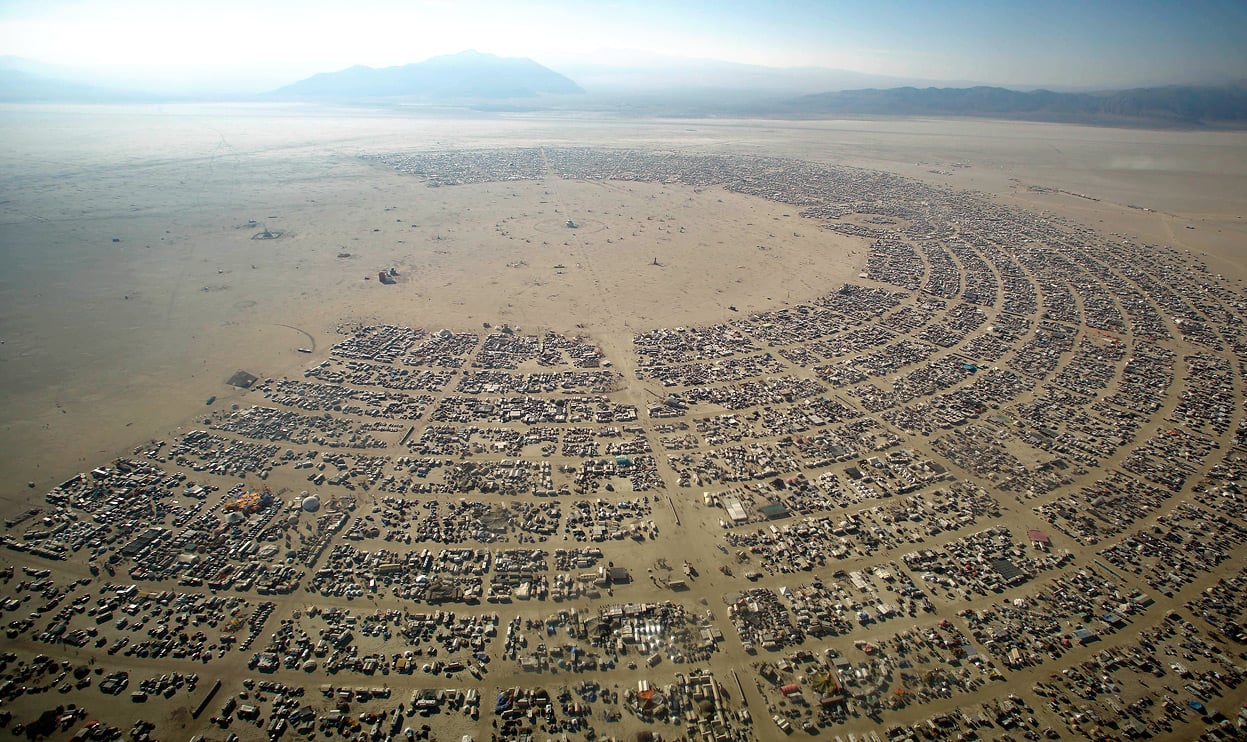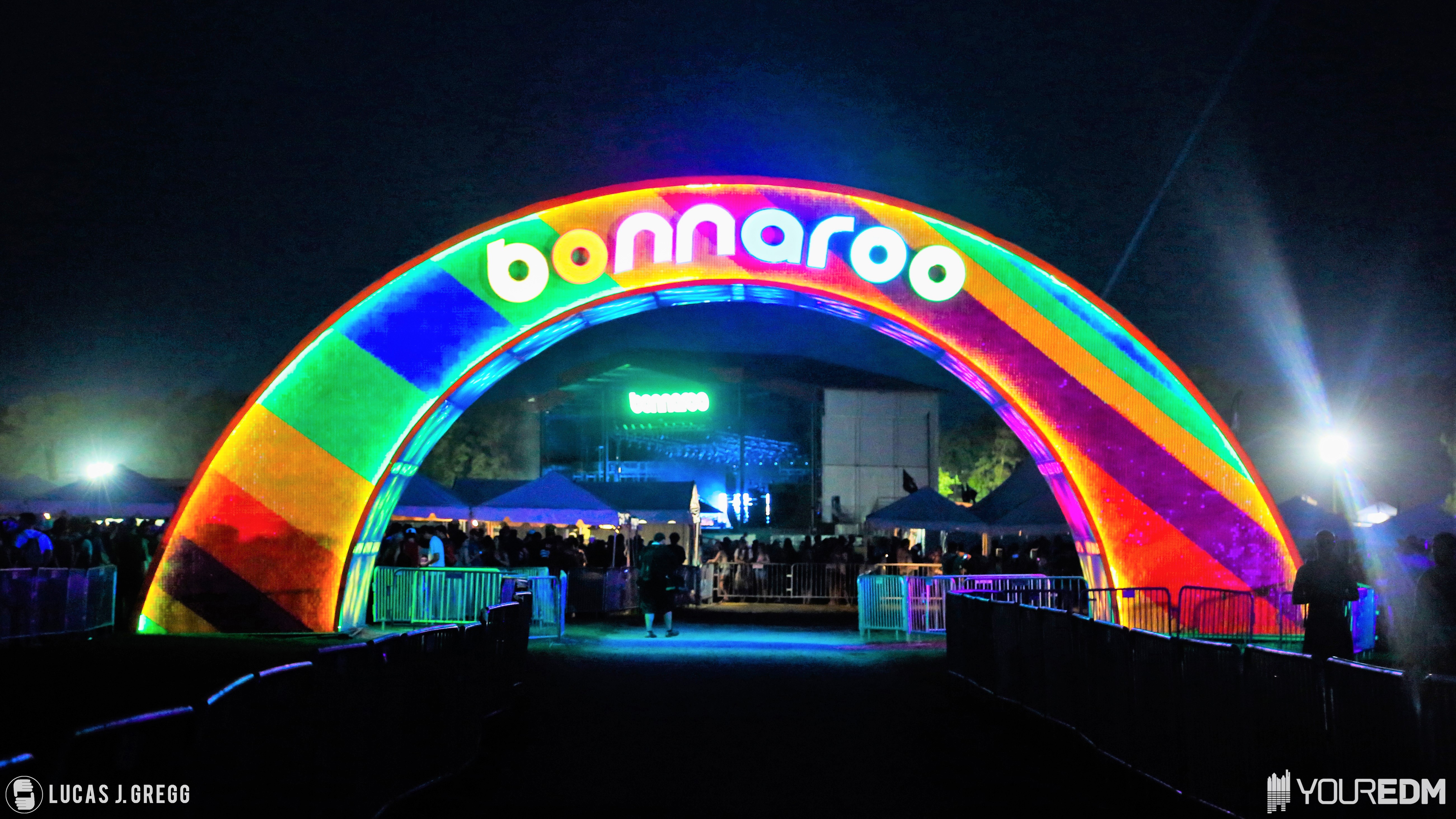One of the world’s most innovative music festivals — if you even want to call it that — is most certainly Burning Man. It’s more like a life experience that involves building a community in the middle of nowhere, in the heat of the desert, and thriving among people, art, and of course, music.
For 27 years Burning Man has remained in the same location, a place the attendees call home. The gathering in the Black Rock Desert is up for renewal of its 10-year permit from the Bureau of Land Management (BLM), and in order to be approved Burning Man must pass an environmental impact analysis via the National Environmental Policy Act (NEPA).
According to Burning Man, the environmental impact statement (EIS) has grown over the years. Back in 1991, it was just a one-page permit that needed to be obtained. Then, in 2012 that grew to a 343-page evaluation of the land and the impact of the annual event on the environment.
This time around, BLM will evaluate the impacts if Black Rock City grows over a 10-year period to a size of 80,000 to 100,000 people, remains the same, or doesn’t go on at all.
As it stands, Burning Man prides itself on being the largest Leave No Trace event in the world. The population cap for the 2018 event will remain the same as in 2017. The EIS will apply beginning in 2019, and take about a year and a half to complete.
“Over the years our growth has been carefully planned, and it has helped ensure our cohesiveness and sustainability as an organization, an event and a culture,” Burning Man says.
“The playa is our home, and we want to ensure our ability to continue gathering there together each year.”
Public input is a key part of the process, and more can be learned via burningman.org.
Source: Burning Man









